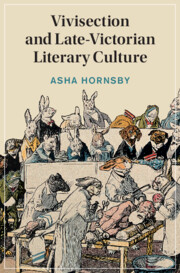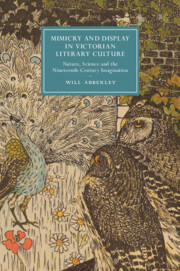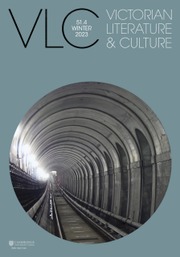Vivisection and Late-Victorian Literary Culture
The nineteenth-century antivivisection movement was supported by a striking number of poets, authors, and playwrights who attended meetings, signed petitions, contributed funds, and lent their pens to the cause. Yet live animal experimentation also permeated the Victorian imagination and shaped British literary culture in ways that the movement against it did not anticipate and could not entirely control. This is the first sustained literary-critical study of the topic. It traces responses to the practice through an extensive corpus of canonical, popular, and ephemeral texts including newspapers, scientific books, and government documents. Asha Hornsby sheds light on the complex entanglement of art and science at the fin-de-siècle and explores how the representational and aesthetic preoccupations opened up by vivisection debates often sat uneasily alongside a socio-political commitment to animal protection. Despite efforts to present writing and vivisecting as rivalrous activities, author and experimenter, pen and scalpel, often resembled each other.
- Covers a wide range of nineteenth-century sources from the canonical and popular to the ephemeral, showing how 'vivisection' shaped (and was shaped by) a remarkable variety of cultural forms and contexts
- Goes beyond the debate between the 'pro-' and 'anti-' interests to examine the representational and aesthetic preoccupations opened up by the vivisection debates, revealing how vivisection stimulated new kinds of writing such as animal-centered criticism and animalographies
- Analyses the complex ways in which vivisection intersected with a wide range of contemporary disciplines, discourses and cultural concerns including politics, medicine, and theology
Product details
February 2025Hardback
9781009503525
358 pages
235 × 158 × 25 mm
0.67kg
Available
Table of Contents
- Introduction
- Part I. Protest:
- 1. Forging literary connections
- 2. Reading, feeling, acting
- Part II. Reading Vivisectors:
- 3. Textual strategies: decoding the 'real' vivisector
- 4. Visual strategies: medico-literary bodies
- Part III. Representing Pain:
- 5. Non-human tellers and translations
- 6. H. G. Wells on the possibilities of painlessness
- Part IV. Writing as Vivisection:
- 7. Continental naturalism: observation and experiment
- 8. Vivisection and British literary criticism
- Conclusion.




